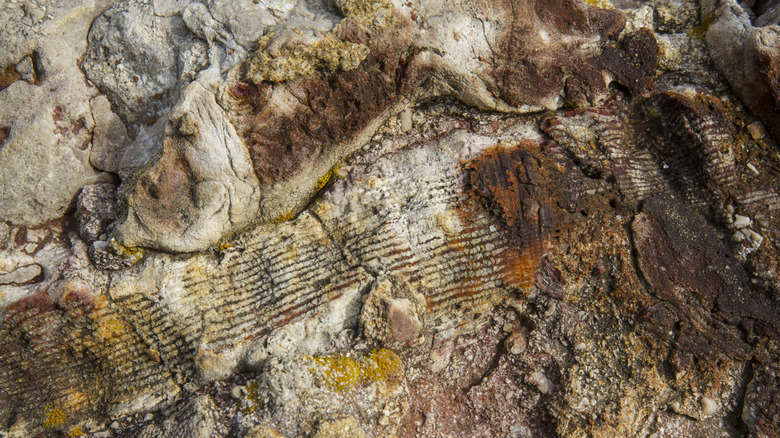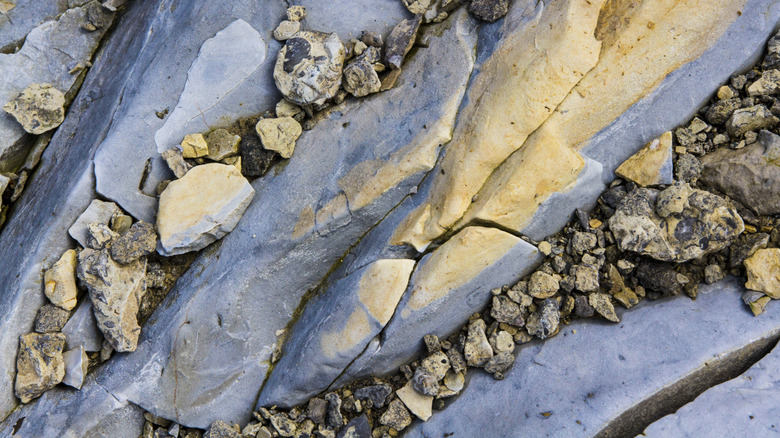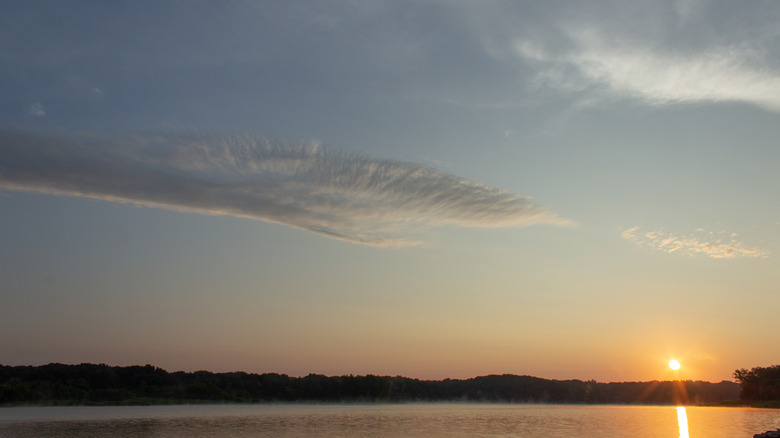Iowa's Unique Gorge Reveals A 375-Million-Year-Old Ocean Floor Full Of Diverse Fossils To Explore
Though often overlooked as a "flyover state" in America's heartland, Iowa is much more than just fields of corn. From the rugged bluffs of the Driftless Area to the charming small towns and thriving arts scene of its capital, Iowa regularly surprises visitors with its unassuming depth. Informed travelers will make their way to such iconic sites as the world-famous covered bridges of Madison County, admire the stunning natural beauty of some of the Midwest's finest romantic destinations, or explore Iowa's very own "Little Switzerland." With festivals, farm-to-table cuisine, and scenic byways, Iowa invites travelers to slow down and connect deeply to both the state and its community.
One great opportunity for such connection, known as the Grand Canyon of Iowa, offers a rare and captivating window into Earth's ancient marine past. The Devonian Fossil Gorge, near the Coralville Dam in Eastern Iowa, was uncovered in the aftermath of the catastrophic 1993 floods, when surging waters breached the dam's spillway and scoured away layers of soil and sediment. What emerged was a 375-million-year-old seafloor from the Devonian Period –– an era of the Earth's history where most of our planet was covered by water.
The gorge's limestone bedrock is embedded with an astonishing array of fossilized marine life, including brachiopods, crinoids, and corals. These fossils provide a vivid snapshot of the shallow tropical sea that once covered the region, long before the age of dinosaurs. The site has since evolved into a natural classroom and outdoor museum, attracting visitors from diverse backgrounds and educational disciplines.
The significance of the Devonian Fossil Gorge
Aside from the rare opportunity to walk across a truly prehistoric area of the Earth, the Devonian Fossil Gorge's significance lies in its revelation of a hidden chapter of our planet's history and an ancient marine ecosystem from the Devonian Period. Particularly special is the horizontal exposure of fossil-rich limestone, unlike the typical cliffside views in most fossil sites. It's like stepping into a natural museum without walls.
With interpretive signage, guided tours (using the US Army Corps of Engineers mobile app by selecting "Coralville Lake," then the "Devonian Fossil Gorge Tour," though brochures are also available at the entrance and online to help you explore the fossil markers), and a thoughtfully designed entry plaza, the Devonian Fossil Gorge invites exploration and reflection on the deep history beneath our feet.
To better understand the ecological and historic context of this natural wonder, be sure to visit the Coralville Lake Visitor Center, which is open from 9 a.m. to 3 p.m. Monday through Friday, though it is closed at the time of writing for renovation. Be sure to keep in mind that removing fossils from the gorge as a DIY souvenir is prohibited and can result in a fine.
When and how to visit the Devonian Fossil Gorge in Iowa
The best time to visit Iowa's Devonian Fossil Gorge is during the spring or the fall, due to the combination of exposed limestone and the Iowa summer heat that can make July and August visits miserable. To get to the gorge from nearby Iowa City, travelers need to head north toward Coralville Lake and follow signs for the Coralville Dam and Devonian Fossil Gorge. The nearest airport is Eastern Iowa Airport (CID) in Cedar Rapids. The drive from the airport is just under half an hour. Alternatively, if you're flying into Chicago O'Hare (ORD), it's a longer drive (around three and a half hours), but often flights are cheaper. And from Des Moines International Airport (DSM), the drive is just about two hours.
Once you arrive, there's free parking at the bottom of the spillway, and the site is open daily from 6 a.m. to 10 p.m. A great place to picnic or go for a swim after a visit to the Devonian Fossil Gorge is the nearby Lake Macbride State Park, which boasts multi-use trails and ample opportunity for water recreation.


